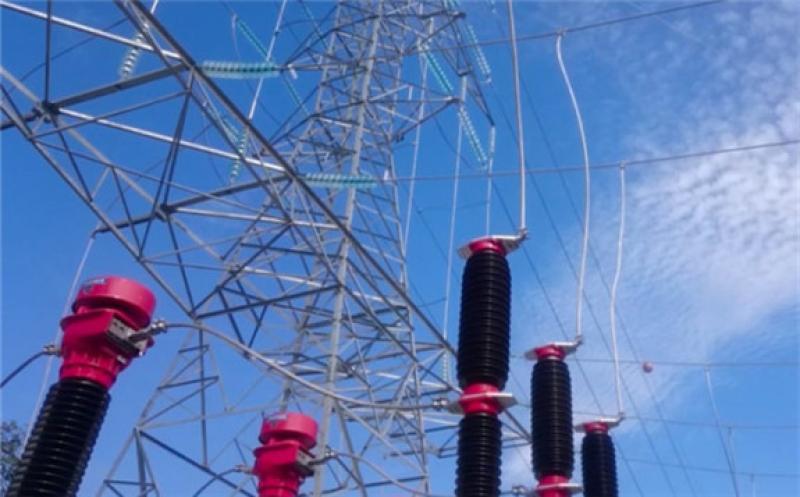Brazil’s capital São Paulo is the setting for what is believed to be the first 5G project in Latin America’s power distribution sector.

The initiative, which was launched by Enel Brazil in August, is piloting the use of 5G as a backhaul for real-time messaging and data access in a substation in the Vila Olimpia neighbourhood near the centre of the city.
Currently, Enel uses the 3G network to connect to its control centres, which is slower with a latency of a few seconds.
With 5G, the latency is in the range of one to five milliseconds.
The Brazilian telco TIM is implementing the mobile network utilising spectrum in the 3.5GHz band granted provisionally by the telecommunications agency Anatel. Other partners are Qualcomm, which is providing 5G customer premises equipment, Ericsson with antennas and other equipment and Motorola with mobile edge devices.
“5G opens the way for more intense use of the concept of ‘self-healing’,” Fernando Andrade, who is responsible for engineering and construction at Enel Brazil, told the publication tele.sintese.
“We have started with the substation because it is a relatively controlled environment, but it is possible to spread the technology to the equipment throughout the network.”
A key use case of the technology in the substation is for rapid identification of failures or maintenance requirements. Another is to provide video conferencing, augmented reality or other data to field workers.
Enel Brazil has 120 substations in and around São Paulo to which the technology could be expanded, while another area is drone image collection and analysis.
The pilot is part of Enel’s Urban Futurability project, which is aimed to transform Vila Olímpia into a digital and sustainable neighbourhood with an investment of R$125 million (US$22 million) from the energy regulator Aneel’s R&D programme.